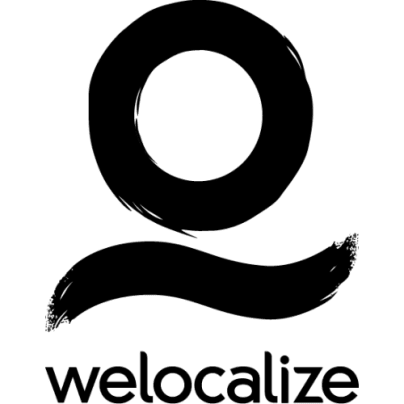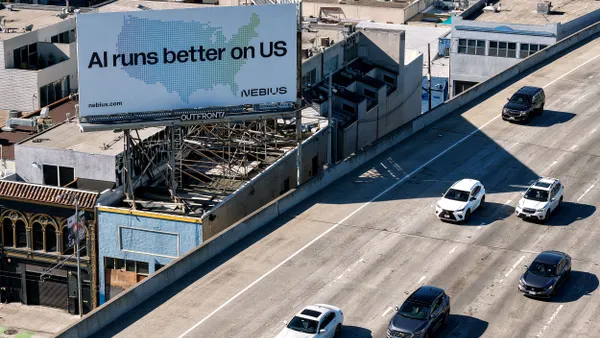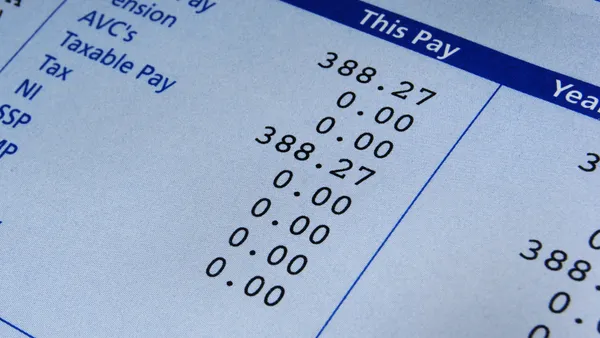Dive Brief:
- Family premiums for employer-sponsored health insurance are up 6%, or $1,408, compared to last year, according to KFF’s 2025 Employer Health Benefits Survey. That’s in keeping with the 7% increases recorded by the organization over each of the two previous years.
- On average, family premiums were $26,993 this year, or higher than the cost of a new Toyota Corolla Hybrid, as KFF President and CEO Drew Altman put it in a column Wednesday. Of that, workers contribute about $6,850 annually, and employers cover the rest, per the survey.
- “That’s not a four-alarm fire for those of us who remember years of double-digit premium increases. Still, up is up and the absolute numbers are daunting for employers and employees,” Altman wrote.
Dive Insight:
There is “a quiet alarm bell going off” when it comes to health insurance costs, Altman warned.
“With GLP-1s, increases in hospital prices, tariffs and other factors, we and pretty much everyone who monitors employer health costs expect employer premiums to rise more sharply next year,” Altman wrote. “I am not predicting a return to low double-digit increases, but it would not shock me.”
As a result, employees could be hit with higher deductibles and greater cost sharing, Altman predicted. It could also lead to a pause in the expansion of coverage for GLP-1s — a popular but expensive benefit.
A July report from Mercer found that more than half of large employers, defined as those with 500 or more employees, said they’re likely — or very likely — to make changes to their plans that would shift more costs to employees, such as raising deductibles or out-of-pocket maximums.
In the KFF survey, among large firms, those with at least 200 workers, more than a third said prescription drug prices contributed “a great deal” to higher premiums in the past few years, and 22% said the same of coverage for new prescription drugs.
Large employers also cited the prevalence of chronic disease, higher utilization of services and hospital prices as premium cost drivers.
Still, 19% of large companies said they covered GLP-1s for weight loss this year, and 43% of the biggest employers, those with at least 5,000 workers, said they offered the coverage in their largest plan, an increase from 28% that did the year before. Among the biggest employers that provide this coverage, 6 in 10 said costs have exceeded expectations, and two-thirds (66%) said they had a “significant” effect on their health plan’s prescription drug spending.
“Large employers know these new high-priced weight-loss drugs are an important benefit for their workers, but their costs often exceed their expectations,” KFF Senior Vice President and study author Gary Claxton said in a statement. “It’s not a surprise that some are rethinking access to the drugs for weight loss.”
KFF surveyed more than 1,800 employers with at least 10 workers for the report.














